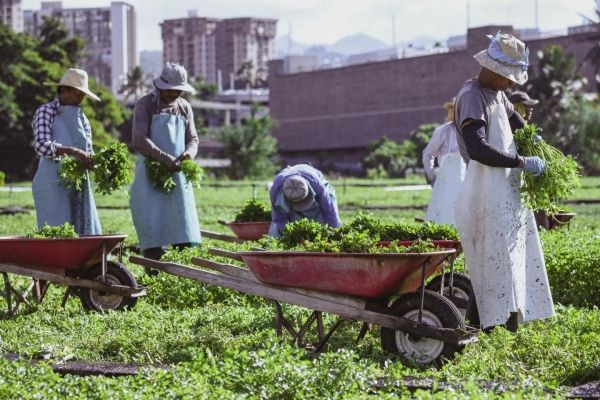El Niño events have long been perceived as a driver for low rainfall in the winter and spring in Hawai‘i, creating a six-month wet-season drought. However, a recent study by researchers in the University of Hawai‘i at Mānoa School of Ocean and Earth Science and Technology (SOEST) revealed the connection between Hawai‘i winter rainfall and El Niño is not as straightforward as previously thought.
Studies in the past decade suggested that there are at least two types of El Niño: the Eastern Pacific and Central Pacific, when the warmest pool of water is located in the eastern or central portions of the ocean basin, respectively. El Niño events usually begin in summer and last for about one year.
The UH Mānoa team of atmospheric scientists analyzed data on the large-scale circulation patterns over the eastern and central Pacific to find that Hawai‘i drought is only associated with the Eastern Pacific El Niño. For the central Pacific El Niño events, deficient rainfall in Hawaii occurred only 60% of the time. Therefore, a winter drought is not guaranteed following a Central Pacific El Niño.
The differences in how the Eastern and Central Pacific El Niño affect rainfall can be critical for proper planning and water resource management.
Read more at University of Hawaii at Manoa
Image: Hawai'i agriculture, Sumida Farms here, is dependent on ample rainfall. (Credit: Corey Rothwell)


